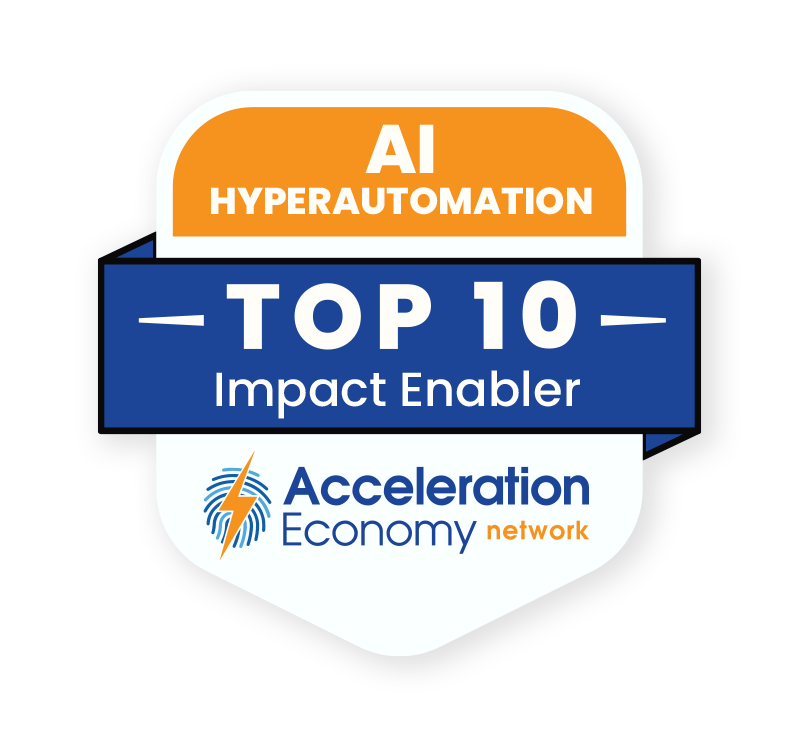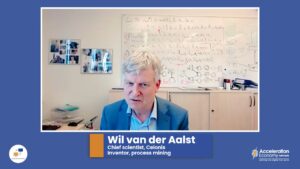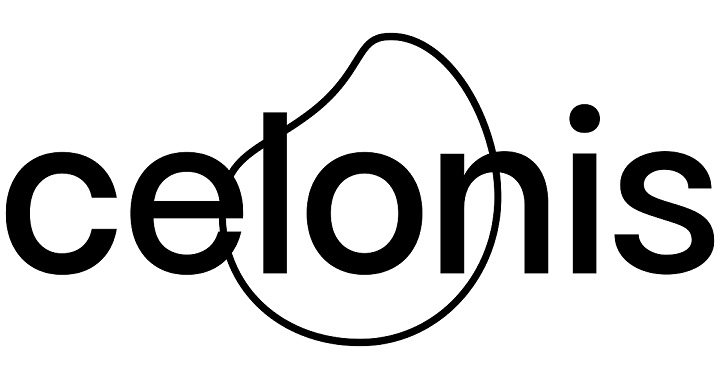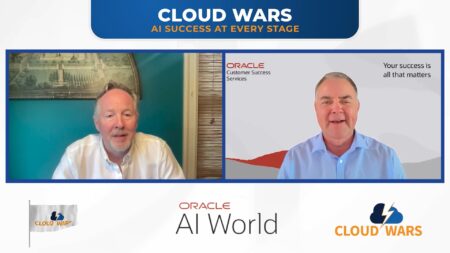At the Celonis World Tour event in New York last week, co-CEO Alex Rinke discussed customers and their current business priorities, the process mining adoption cycle, the competitive landscape, and how process mining can augment generative AI. Below I share highlights from that discussion with Rinke. You can also watch a video with additional insights.
Celonis is on the Acceleration Economy Top 10 Shortlist of AI/Hyperautomation Enablers.
No Such Thing as Free Money for Today’s Customer
Rinke says demand for the company’s core process mining software remains strong as measured by purchasing momentum because the software squeezes inefficiencies out of the business. (As a privately held company, we don’t have visibility into Celonis’ financial performance, but it’s widely referenced as a top 25 unicorn).

Comparing today with the recent past, he says that efficiency and optimization was a top-five priority two years ago, whereas today it’s the top priority. Last year, there was still a focus on doing innovative things; today, customers are laser-focused on saving money.
Rinke drew a direct link between macroeconomic pressures and these changes. “Money was free, right? So if money is free, why should I optimize? I just want to grow, invest, build new products and launch new factories,” he said, describing the mindset of recent years. “Now that money has a much bigger cost (instead of 0% interest we have 5% interest) that suddenly drives much more scrutiny in terms of efficiency.”

Which companies are the most important vendors in AI and hyperautomation? Check out the Acceleration Economy AI/Hyperautomation Top 10 Shortlist.
From Initial Adoption to ‘Fully Operational’
The World Tour event played host to a range of premier-brand customers across industries: Pepsico, Johnson & Johnson, GE Healthcare, Morgan Stanley, Bosch, and more.
With customer use cases as a backdrop, Rinke spoke to the cycle of how companies initially adopt process mining, then mature to the point that it’s operationalized in their business. Case in point, at the more mature end of that spectrum, is Johnson & Johnson, which labeled process mining a “foundation” of quarterly business reviews that teams prepare for company executives.
Rinke said that customers advance through an adoption cycle where they initially create transparency that results in an “aha” moment, which is typically followed by driving value in individual business functions (procurement, finance, supply chain, and so on). In the third phase of maturity — embodied by the Johnson & Johnson example — process mining “really becomes part of the fabric; it’s how you run fully operational…it becomes part of how you do things.”
Competing for Customers
A key element of making process mining operational is capitalizing on integration with core business systems so that the most important functions in the business can be “X-rayed” using process mining. And as customers further scrutinize software and tech investments, vendors need to sharpen their positioning around how well they work with a customer’s existing software infrastructure.
At the World Tour event, Celonis execs emphasized their differentiation as a “Switzerland” platform, pulling insights from virtually all third-party software platforms. Unlike some competitors, the company doesn’t promote process mining as part of a larger product line that includes other software. Rinke says that’s an important advantage and it optimizes the ability to integrate with third-party software.
He noted examples where customers are attributing savings in the hundreds of millions of dollars to Celonis process mining and made the case that savings at the scale can’t be achieved without spreading the value of process mining across all of a company’s systems. “You can’t save $200 million if you’re not agnostic, right?”
He also positioned process mining as complementary to automation technologies such as robotic process automation, or RPA. “We can pass context and intelligence to an RPA bot and we have lots of use cases live where we say, ‘Hey, these orders should be unblocked,’ and then we pass the intelligence onto a bot that then goes into the system and does it.”
Generative AI/Process Mining Tie-Ins
Over the course of its 10-city World Tour, Celonis has been demonstrating how process mining can add business and enterprise context to generative AI tools, combining its enterprise software to work with one of the most rapidly advancing technology platforms in decades.
Rinke said there are two main ways that bringing together generative AI and process mining can impact customers. The first is creating a simplified, familiar user interface (natural language) for process mining functionality: If a user can ask a question about a process, they can gain intelligence, without knowledge of the process mining query language that has been required to this point. “It’s a transformation in the engagement layer,” Rinke says, democratizing access to intelligence and insight.
The second major impact is providing enterprise context that is currently lacking from the more generic large language models (LLMs) that power generative AI. That context includes business rules, processes, and thresholds. “If you want large language models more deeply in your organization as, for example, agents to automate things that humans do today, these systems always need the enterprise context of the company,” he says. “This is something Celonis can power because Celonis speaks the language of each company.”
Celonis can also provide governance to ensure agents in a hybrid (AI-human) process are doing the right thing and their work can be justified and explained.
New Data Foundation
Celonis first introduced Object Centric Process Mining at its Celosphere customer conference late last year; the technology gives customers a more comprehensive view of their processes that spans objects and events that make up a given process, rather than analyzing such items one by one.
A key innovation is being able to model each object a single time, with each object stored in a common repository or foundation. “You can say, ‘I want all my supply chain-related objects and events.’ And boom, you have total transparency about your supply chain, how things are connected,” Rinke says.

This also changes the dynamic in how business users analyze process data, says Wil van der Aalst, Celonis chief scientist and the inventor of process mining. “We’ll be moving from a data push — this is the data that happens to be in the system and we push that to Celonis — to more of a pull scenario where you say, ‘for these types of processes, this is the data we need and we pull it outside of the system.’”











